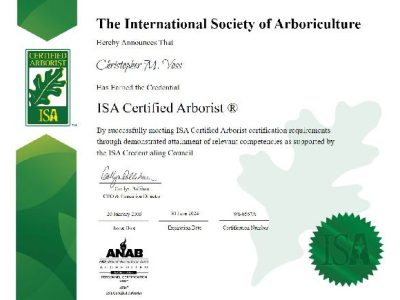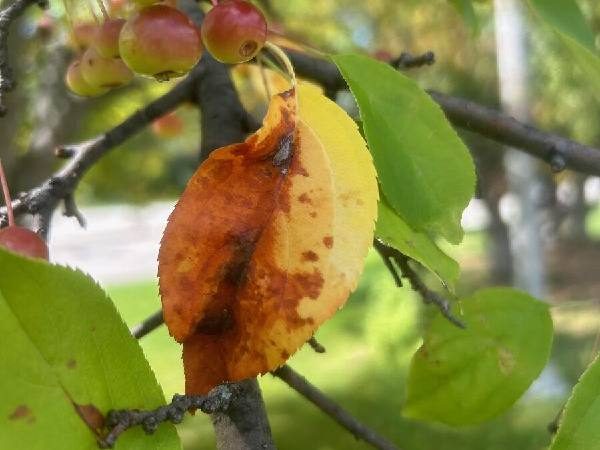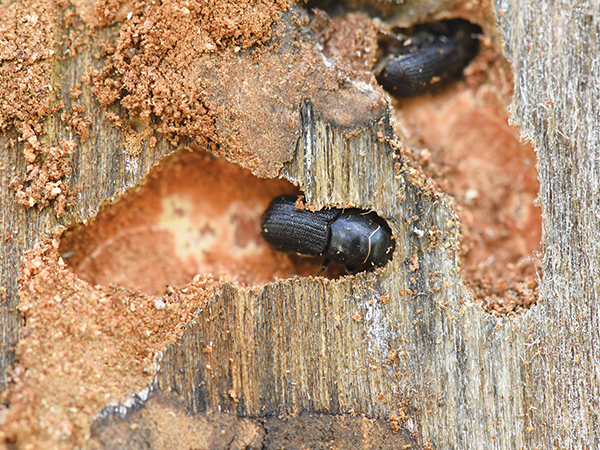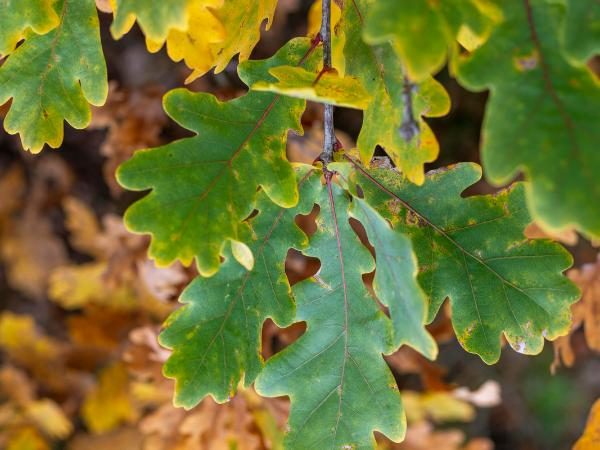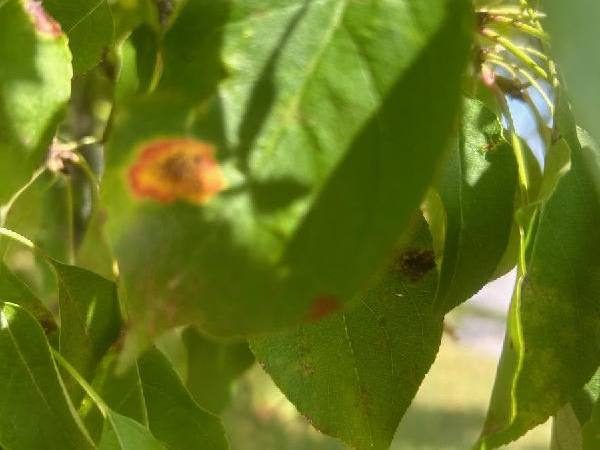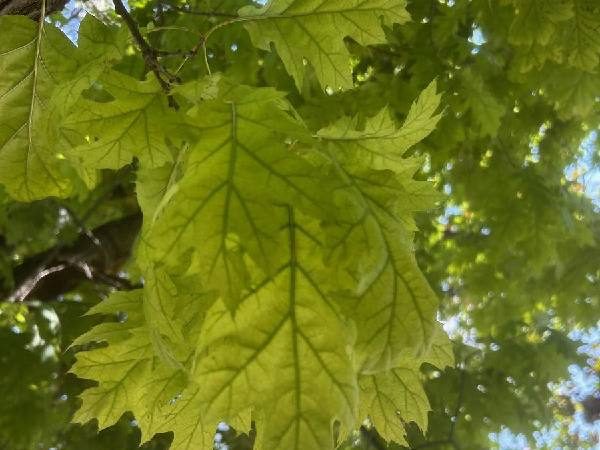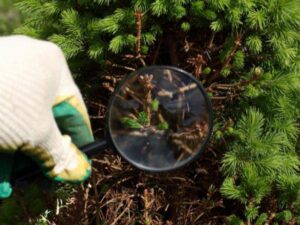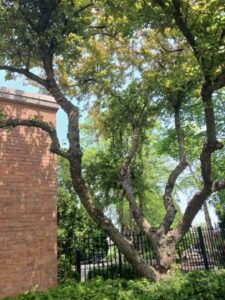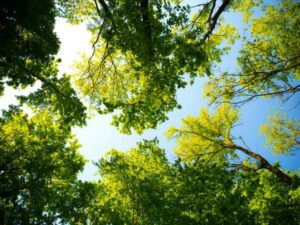Common Tree Diseases in Wisconsin
Updated June 5th, 2023
Common Tree Diseases
We use a process called macro-infusion at the base of the tree to protect your trees from common tree diseases such as Oak Wilt, Dutch Elm’s disease, & Sycamore/Ash Anthranose. These treatments can deliver up to 3 years of protection. Timing of these treatments are critical. We apply fungicide treatments to trees with other common diseases such as apple scab, rhizosphaera, fire blight, cytospora canker, & others. Timing of these treatments is critical as well.
Insect Control
We perform soil applied, basal drenches & soil injections with systemic insecticides to treat insect problems such as Emerald Ash Borer (EAB), Bronze birch borer, ash plant bug, ash flower gall, gypsy moth, Japanese beetles, aphids, leafhoppers, caterpillars, mites, gall insects,& an array of other sucking insects, defoliators, & borers. Basal drenches can be done without any spraying or wounding of the tree. Timing is critical for applying insecticides.
NOTE: In regards to Emerald Ash Borer, preventatively treating your ash trees is the best defense.
Other Disorders
We use a process called macro-infusion at the base of the tree to treat trees w/ chlorosis (yellowing of the leaves from a mineral deficiency or from root system health). Results from this treatment can last up to 3 years. You will have a healthier, greener tree (you will definitely see the results). We perform soil applied, basal drenches to apply growth regulators to trees. Growth regulators are used to achieve the following:
(1) To slow the growth of a tree that is in a confined area,
(2) To slow the growth of a tree that is close to a building, driveway, or deck.
(3) They can also be used to help stabilize declining trees or trees with injured root systems by encouraging root growth. Other tree disorders could be caused from things such as girdling roots,herbicide drifting, & salt, animal, or winter damages.
About Tree Diseases
Nothing is more horrific to any gardener, hobbyist, or professional than seeing a beloved tree dying from disease. Trees can become infected with disease, just like people and animals, and there are many different bacterial and fungal infections from which the trees might suffer. Tree disease is caused by varying factors, including the tree’s geographical location, weather, soil conditions, and the overall health of the tree and other plant life surrounding it. Where a person lives and plants a tree, will dictate the tree diseases that one should worry about.
If caught in time, tree disease is not necessarily a death sentence. Many common tree diseases can be treated by the grower once the specific bacterial or fungal culprit is identified. In worst-case scenarios, professionals can be brought in to cure the tree or remove it completely, if it is too late to save the plant. Damage can also be avoided by knowing the common tree diseases prevalent in the geographic area and purchasing and planting trees resistant to the area’s problematic types. Diligently monitoring the tree’s fertilizer, light, soil, and watering conditions will also help keep disease at bay.
Here are some of the more common tree diseases…
Canker Disease
- Canker tree disease comes in three common forms, Cytospora, Nectria, and Phomopsis, and resembles a blister on the tree’s bark or branch much like a canker sore.
- Cytospora canker commonly infects pine, poplar, spruce, and willow trees; Nectria canker is known to infect honey locust, maple, and oak trees; Phomopsis canker might attack arborvitae, Douglas fir, juniper, and Russian olive trees.
- Canker tree disease is caused by an open wound on the tree’s branches that has become infected with one of dozens of bacteria or fungus of numerous classifications.
Heart Rot Disease
- Heart rot tree disease can infect many deciduous trees, such as beech, birch, cedar, dogwood, and maple trees, that are improperly pruned, left with broken branches, or damaged by fire, insects, or animals.
- Much like canker disease, heart rot tree disease is also caused by several species of fungus, such as the Fistulina hepatica, that has grown on the tree’s open wound or bare wood.
- Tree growers suspecting heart rot infection should look for conk or mushroom bodies growing on the tree, as these are true sign of the presence of fungus.
Powdery Mildew Disease
- Catalpa, chokeberry, crabapple, and linden trees are most likely to suffer powdery mildew disease, although the mildew is known to attack nearly all vegetation in the right conditions.
- Tree growers noticing a white or gray powdery growth resembling talcum powder on the leaves of their trees might have a powdery mildew problem.
- Powdery mildew is most common in warm, dry climates, and the fungi responsible for powdery mildew are of the Erysiphale classification.
Root and Butt Rot Disease
- Three forms of root and butt rot disease – Armillaria, Hypoxylon deustum, and black root rot – can infect hardwood trees at their roots and butt, which is the base of the tree’s trunk at ground level.
- Armillaria attacks the roots and butts of weakened conifer and broad-leaved trees; Hypoxylon deustum attacks tree roots and butts through mechanical wounds on hardwood trees; black root rot decays the roots of stressed hardwoods.
- Root and butt rot disease is a black, leathery fungus, such as the viral Serpula himantioides fungus, that spreads up the tree’s trunk from the ground; mushrooms might also be present growing in the soil at the base of the tree.
Sooty Mold Disease
- Boxelder, elm, linden, and maples are most likely susceptible to sooty mold tree disease. However, this disease is known to attack several species of trees where a feeding insect population is prevalent.
- The sooty mold fungus – which includes molds of the Antennariella, Aureobasidium, Capnodium, Cladosporium, Limacinula, and Scorias varieties feeds off the insect honeydew and is a black, powdery coating found on the tree’s leaves and surrounding soil.
Verticillium Wilt Disease
- Verticillium alboatrum, or Verticillium wilt, is a soil-borne disease that is known to most commonly attack catalpa, elm, maple, and stone fruit trees.
- The disease is particularly problematic because it infects the tree via its root system. This causes the tree leaves to turn a lighter color, look somewhat disheveled, and eventually wilt and drop from the branches.
- Verticillium wilt is a highly contagious tree disease. The fungus can spread quickly through the soil to other garden life.
CHRIS VOSS
As the owner of this award-winning tree service company, Chris Voss has a wealth of knowledge and extensive experience in the tree service industry dating back to 1999. Chris is an ISA Certified Arborist, ISA #WI-0567A, which certifies he has a professional level of knowledge and skill in the field of arboriculture.
Chris is also licensed and certified for the application of pesticides including fungicides and insecticides by the State of Wisconsin Department of Agriculture, Trade and Consumer Protection.
